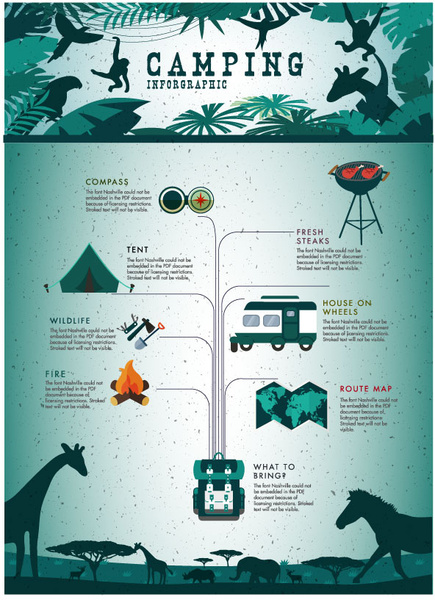Wintertime outdoor camping uses the chance to discover a beautiful, serene wilderness devoid of crowds and sound. However, there are a couple of points to take into consideration before embarking on your journey.
Among these is protecting your outdoor tents with snow supports. A clove drawback with a hidden stick can benefit rough terrain, but in ice and snow, a "dead man" support may be the best option.
Packing Down the Area
If you want your guy line anchors to be bomber, ensure the area around your camping tent is loaded down. This is less complicated with skis or snowshoes, yet also a good pair of treking boots can do the trick if you pace your camp numerous times to load it down. This will make sure that the stakes you dig won't shift or get pulled out by the wind. Alternatively, you can produce "Dead Man" anchors by connecting the line to a stick and burying it in the snow with either Bob's smart knot or a typical taut-line drawback keeping the knot well over the snow degree. This works truly well at Helen Lake where the snow is rather dense.
I likewise such as to establish a wind wall to secure the entrance of my tent.
Digging the Risk Trenches
Making use of a shovel, dig a slim trench simply large enough for the reclining fix. Be careful not to reduce the person line with the blade of the shovel, specifically if you are utilizing it for a T-trench support (also called a horizontal mid-clip). A T-trench is just one of the strongest anchors and must be part of any type of system made use of to help abyss rescue. It takes even more time to build than a vertical picket however it helps distribute the load and prevent the line from tearing over rocky terrain.
The camping tent pegs that ship with many 4-season and winter tents are not long sufficient for the deadman risk technique when camping on snow, so you will certainly need to bring additional energy cord to prepare these. To avoid having to link knots with chilly fingers, it is an excellent idea to prepare all the person lines ahead of time in the house by tying girth hitches to the end of each cord.
Filling Up the Risk Trenches with Snow
The individual lines that feature many 4-season tents are too brief for surveying an outdoor tents in deep snow. Plan for this beforehand by using 2mm utility cord to extend the size of each individual line.
To bury the stick, usage either a clover drawback knot as Bob describes or a taut-line hitch with the knot well above the snow degree (so you can draw the unknotted line back out if it gets iced in). After that wet down the location and stomp it down to pack it strongly.
This is one of the most safe and secure method for stakes in winter and it doesn't call for an ice axe, although some favor to make use of one anyhow to prevent destroying their hands as they dig. Repeat the process for each stake till you have actually hidden all the sticks and are ready to establish camp. This is a fantastic way to get the job done promptly when setting up in cool and windy problems.
Tightening the Pitch
While a typical camping tent suffices for camping in summer season, winter season calls for much more equipment, particularly if the trip will be expanded. A 4-season camping tent with tougher poles, much heavier fabrics and less mesh is essential to endure high winds and hefty snowfall.
A hat is necessary to maintaining heat from being shed with the head (approximately 70% of body heat loss). The same chooses gloves and a face mask in extremely cool conditions.
Sleeping on a platform as opposed to in a tent with a flooring can additionally help reduce warm loss via the bottom of the sleeping bag. Making use of a tarpaulin can additionally allow for extra convenience by providing a surface area for food backcountry camping preparation and sitting.
Site choice is important in winter season outdoor camping. Seek an area that provides wind defense, a sheltered water resource (to stay clear of melting snow), and is far from avalanche threat or hazard trees. An area that has direct exposure to sunshine will also assist you heat up much faster in the morning.
